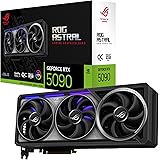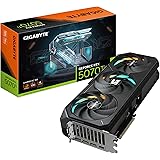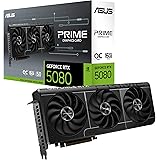Architecture and Specifications
The Nvidia GeForce RTX 2080, released in 2018, was a high-end graphics card based on the Turing architecture. It aimed to deliver advanced gaming performance with features such as real-time ray tracing and AI-powered DLSS (Deep Learning Super-Sampling). Understanding its specifications is critical to understanding its mining capabilities.
At the heart of the RTX 2080 is the TU104 GPU, which contains 2944 CUDA cores. These cores are essential for parallel processing, a key component in cryptocurrency mining. The card has a boost clock of 1710 MHz and a base clock of 1515 MHz, which is important for computational throughput.
The RTX 2080 comes with 8 GB of GDDR6 memory, operating at 14 Gbps. The memory interface is 256-bit wide, which provides a bandwidth of 448 GB/s. The memory bandwidth is important for mining algorithms that require frequent data transfers.
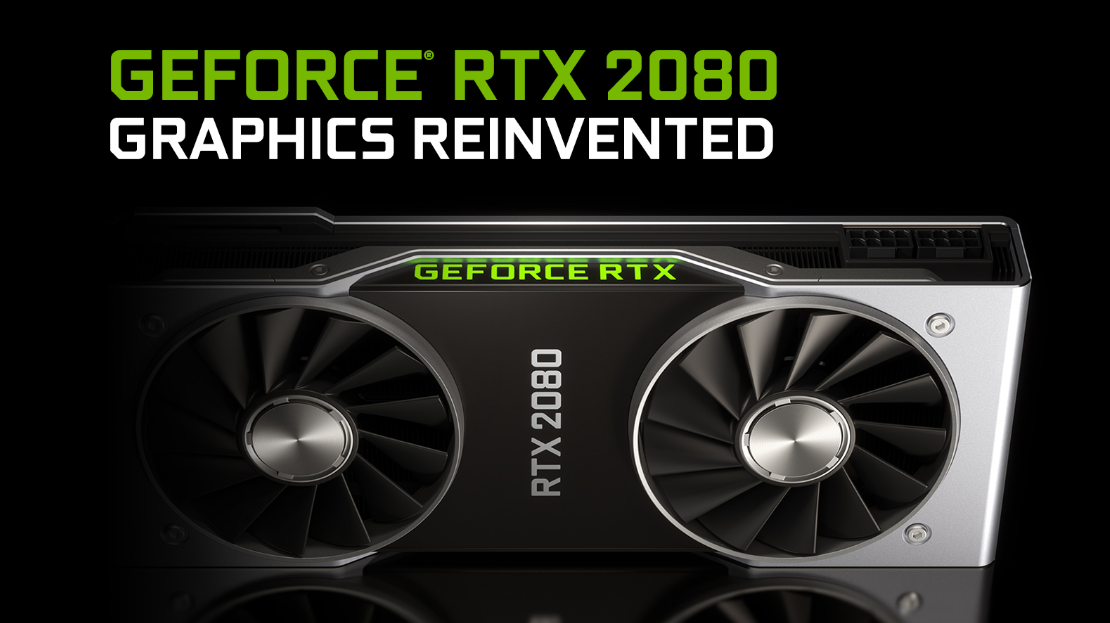
The RTX 2080’s maximum temperature is 88°C. Maintaining the card at an acceptable temperature is critical for continuous mining activities and to prevent overheating.
Mining Hashrate: An Overview
In cryptocurrency mining, the term “hashrate” refers to the speed at which a mining device can complete cryptographic calculations. It directly affects the chances of successfully mining a block and earning cryptocurrency. The RTX 2080’s hashrate varies depending on the mining algorithm.
Different cryptocurrencies use different mining algorithms, each with its own set of computational requirements. The RTX 2080’s efficiency varies greatly depending on the algorithm being used. Some algorithms are more memory intensive, while others rely more on the GPU’s computational power.
Mining Performance of the RTX 2080
The RTX 2080’s mining performance can be assessed by looking at the hashrates it achieves on various algorithms.
The RTX 2080 can achieve around 36. 38 MH/s when mining Ethereum (ETH) using the DaggerHashimoto algorithm (Ethash). This algorithm is memory intensive, and the RTX 2080’s 8 GB of GDDR6 memory helps it perform well.
The RTX 2080 achieves a hashrate of approximately 691. 76 Sol/s when mining Zcash (ZEC) using the Equihash algorithm. This algorithm is more reliant on computational power, and the RTX 2080’s CUDA cores are used effectively.
The RTX 2080 can achieve around 1244 MH/s when mining with the KECCAK algorithm. This demonstrates the card’s efficiency for specific hashing needs.
The RTX 2080 has a hashrate of approximately 61. 68 MH/s when mining Vertcoin (VTC) using the Lyra2REv2 algorithm. This algorithm is designed to be ASIC-resistant, giving GPUs a competitive advantage.
The RTX 2080 achieves a hashrate of approximately 4. 64 GH/s when mining Decred (DCR). This indicates its applicability in mining cryptocurrencies that use hybrid proof-of-work systems.
Influential Factors on Mining Performance
Several factors affect the RTX 2080’s mining performance. These factors include the mining algorithm, software, and hardware configurations.
Different mining algorithms place varying loads on the GPU’s components. Algorithms such as Ethash rely on memory bandwidth, whereas others, such as Equihash, need more computational power.
The mining software utilized may have a substantial impact on performance. Optimizations in mining software can improve hashrates and efficiency. Miners frequently test several software choices to get the best results.
Hardware configurations, such as overclocking and cooling solutions, can substantially improve mining performance. Overclocking the GPU and memory clocks can increase hashrates, but it also increases power consumption and heat production. Effective cooling solutions are required to keep the card stable and prevent thermal throttling.
Perspectives on Cryptocurrency Mining
Cryptocurrency mining has sparked debate due to its environmental effect and influence on the availability of graphics cards.
Cryptocurrency mining consumes a significant amount of energy, leading to worries about its environmental effect. The RTX 2080, like other powerful GPUs, uses a lot of electricity when mining. This has prompted calls for more energy-efficient mining methods and the use of renewable energy sources.
The rise in cryptocurrency mining has had a substantial impact on the availability and pricing of graphics cards. High demand from miners has resulted in shortages and price increases, making it difficult for gamers and other users to purchase graphics cards.
Recent Trends and Future Developments
The cryptocurrency market is always changing, as are the trends and technologies that surround it.
The cryptocurrency market is well known for its high volatility. The profitability of mining various cryptocurrencies can change dramatically, influencing the mining landscape. Miners must remain adaptable and informed in order to maximize their earnings.
New mining algorithms are being created to address issues such as ASIC resistance and energy efficiency. These algorithms try to provide a more level playing field for GPU miners while lowering environmental impact.
Continued advancements in GPU technology are likely to have an impact on cryptocurrency mining. Newer GPUs with more efficient architectures and higher memory bandwidth will almost certainly improve mining performance. The RTX 2080, while still capable, will eventually be replaced by newer models that provide better hashrates and energy efficiency.
The Nvidia GeForce RTX 2080 is a powerful graphics card that has been widely utilized for cryptocurrency mining. Its architecture and specifications allow for efficient mining of a variety of algorithms. Its mining performance is influenced by factors such as the mining algorithm, software, and hardware configurations. Cryptocurrency mining has sparked debate due to its environmental effect and influence on the availability of graphics cards. As technology advances, it is critical to understand the trends and developments in the cryptocurrency market. Newer GPUs will provide better performance and efficiency, therefore changing the mining landscape. Continuous research and adaptation are required for both miners and those concerned about the environmental and economic consequences of cryptocurrency mining.
Summary of the Nvidia Gefoce RTX 2080 Specifications :
- NVIDIA CUDA® Cores : 2944
- RTX-OPS : 57T
- Giga Rays/s : 8
- Boost Clock (MHz) : 1710
- Base Clock (MHz) : 1515
- Memory Speed : 14 Gbps
- Standard Memory Config : 8 GB GDDR6
- Memory Interface Width : 256-bit
- Memory Bandwidth (GB/sec) : 448 GB/s
- Maximum GPU Temperature (in C) : 88
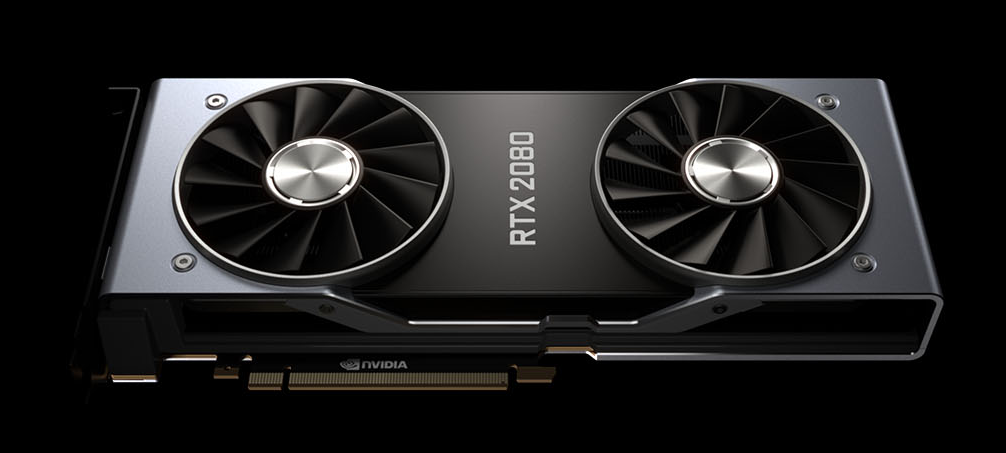
Summary of the Nvidia Gefoce RTX 2080 Mining Hashrate :
- KECCAK Mining Hashrate : 1244 MH/s
- NeoScrypt [ (ORB) & (PXC) & (FTC) & (INN) & (GBX) & (TZC) & (VIVO) & (CRC) ] Mining Hashrate : 1.36 MH/s
- Lyra2REv2 [ (XVG) & (VTC) & (MONA) ] Mining Hashrate : 61.68 MH/s
- DaggerHashimoto [ EtHash : (ETH) & (ETC) ] Mining Hashrate : 36.38 MH/s
- Decred (DCR) Mining Hashrate : 4.64 GH/s
- Equihash [ (ZEC – ZEN – ZCL) & (BTG) & (KMD) & (HUSH) ] Mining Hashrate : 691.76 Sol/s
- Pascal [ (PASC) & (PASL) ] Mining Hashrate : 2.22 GH/s
- BLAKE2S Mining Hashrate : 7 GH/s
- CryptoNightV7 Mining Hashrate : 0.73 KH/s
- CryptoNightHEAVY Mining Hashrate : 1 KH/s
- LYRA2Z : 3.2 MH
- X16R : 12.36 MH
- CryptoNightV8 : 0.82 kH
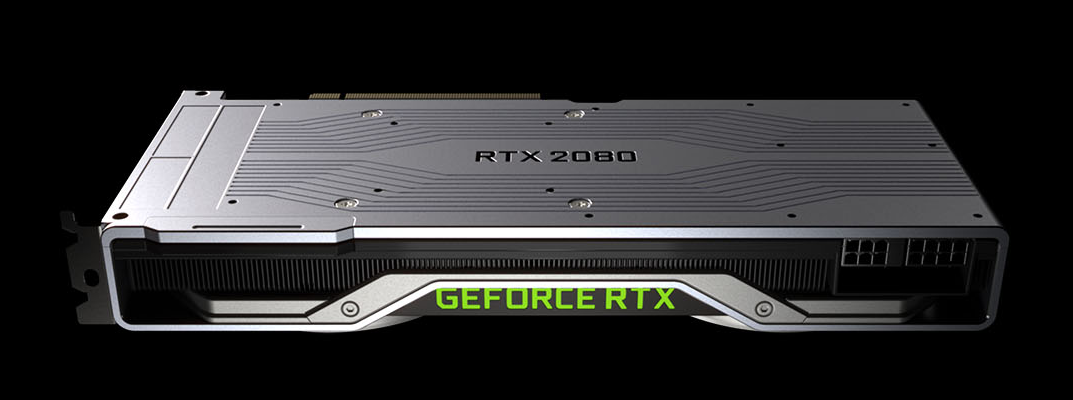
- Graphics Card Power (W) : 215W
- Recommended System Power (W) : 650W
- Supplementary Power Connectors : 6 pin + 8 pin
- Price : 800 $
